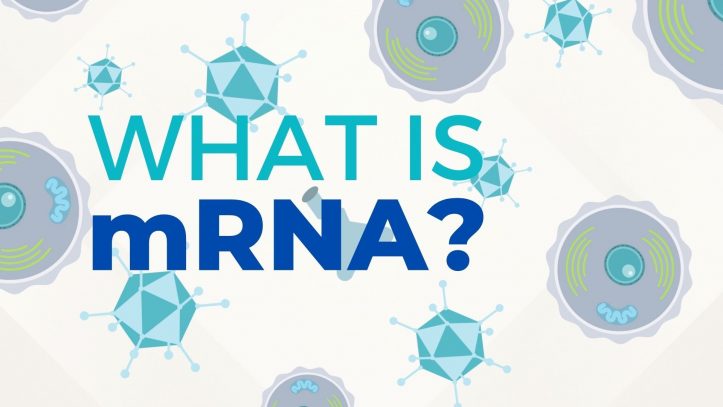What is the mRNA? In simple terms, mRNA is the blueprint of life, literally. In molecular biology, mRNA is a one-strand molecule of RNA, which carries the genetic code of an organism, in the normal process of creating a protein, and correspondingly reads a mRNA in the reaction of creating a protein.
The actual term “mRNA” refers to a ribozyme which produces a mRNA. There are many types of mRNA, including rRNAs (reversed transcripts) and cRNAs (copy number RNAs).

Recently, there has been much media attention given to the role of mRNAs in regulating the immune system, and therefore potentially protecting us against disease. The issue has been especially pressing with the development of vaccines, as their potency relies on getting at the appropriate viral DNA at the correct stage of development. Sometimes mRNAs fail to get to the right place, and this may lead to a loss of potency. For example, HIV vaccines rely heavily on mRNAs to stimulate the immune system.
One of the latest vaccines in development is the mrna vaccine. The mrna vaccine is being developed for men who, due to a hereditary factor, are unable to produce any sperm at all, even with in vitro fertilization. Currently, there are two types of experimental many vaccines in development: CIVA-CVS and CVLIC. Both are being tested for use in women, with the intention of using them in men in the future.
CIVA-CVS is designed to elicit a DNA response from the mother’s ovary rather than from the sperm. If the delivery process goes well, the genetic information in the monekinesis (the transcripts that translate the genetic information) will be passed on to the baby. If it goes wrong, the genetic information in the transcripts will be passed on only to the father, and the intended mother will not be able to conceive. Since the delivery process uses the mother’s own antibodies to fight off the infection, however, some concerns have been raised as to whether there are sufficient quantities of the mother’s antibodies to pass on the genetic information.
An alternate approach to producing vaccines against infectious agents is to make proteins from mRNA instead of from sperm. The use of mRNA as a surrogate for sperm has been used in several vaccines. For example, a study by the US military was recently completed which showed that the machinable form of enteroviruses polymerase chain reactions (PCRs) could be activated by many. Furthermore, experiments carried out by the Leder Institute of Diabetes in Germany showed that the carbohydrate-intakes made by mice were increased by the administration of mrna-derived glycans.
There are two different ways of using mRNA as a protein product for creating vaccines; by making a cognate or chimerical construct, which is a DNA construction that contains one or more conservations of an RNA molecule; or by creating a transfer RNA, which is a DNA sequence that can be copied into RNA and then inserted into an expression system. RNAs have very similar characteristics to mRNAs, but they lack the pairing ability of mRNAs. The U.S. Food and Drug Administration (FDA) had earlier approved the use of RNAs for the purpose of creating vaccines. This new ruling caused a stir amongst animal breeders worldwide since they used RNAs to produce various types of animals. However, with the FDA’s approval, it is now believed that RNAs can also be used to getty images.
A few years ago, Cannon said, “I think it’s possible that mRNA may turn out to be a synthetic analog of DNA or RNA, which would be much more powerful than anything that has been developed so far.” He went on to state that it is unlikely that it would be easy to make a synthetic version of mRNA, but rather that it might be possible in the future. It is interesting that Cannon did not consider chimerical proteins, which are a type of DNA construct that are much simpler than mRNA. Cannon did go on to state that he has no knowledge of how mRNA works and that he was not involved in the research that led him to this research. In fact, he admitted that he had no idea what mRNA was even when he began his Ph.D. research.
It is believed that mRNA may play a role in combating the development of some rare metabolic disorders, diabetes and cancer. A recent study by scientists from the University of Wisconsin Madison, led by Michael J. Cannon, Jr., found that mRNA levels were lower in patients suffering from breast cancer and osteoporosis. This study came about after the scientists took an interest in mRNA when they were studying the effect of chronic inflammation on mice. They noticed that the mice treated with chronic inflammation had higher mRNA levels than the mice that did not suffer from inflammation.